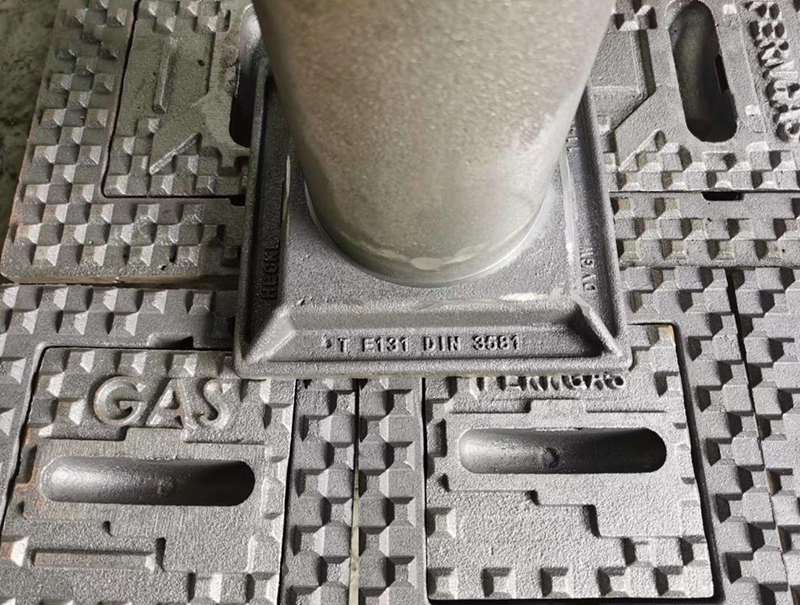The main distribution
Beijing, the capital of China, has long been committed to improving air quality and reducing pollution. Since 2000, the municipal government has implemented an air pollution control plan, promoting the use of clean energy and banning new coal-fired boilers in urban areas. As a result, technologies like water source heat pump systems—known for being clean, energy-efficient, and environmentally friendly—have gained popularity. However, one major challenge in their widespread adoption is the proper extraction and recharge of groundwater. In regions with poor hydrogeological conditions, it's difficult to achieve 100% groundwater recharge, which can lead to system instability. This is where ground source heat pump systems come into play. Unlike water source systems, they do not require extracting or recharging groundwater. Instead, they use closed-loop PE pipes to exchange heat with the ground, making them suitable for areas where groundwater management is challenging. This article will compare water source and ground source heat pump systems, discuss their respective geological suitability, and present a case study of the ground source heat pump system used in the Greening Bureau office in Chaoyang District, helping readers better understand this sustainable technology.
**First, Introduction to the Heat Pump System**
**1. Overview**
The Earth, on which humans depend, is rich in mineral resources and also serves as a vast energy reservoir. For instance, the temperature just below the surface (5 to 10 meters deep) remains relatively stable at around 15–17°C throughout the year, regardless of seasonal changes. This temperature is ideal for heating in winter when outdoor temperatures are lower (5–15°C), and for cooling in summer when it’s higher (25–40°C). Ground-source heat pump systems utilize this stable underground temperature by extracting heat in winter and releasing it in summer, providing efficient heating and cooling. A typical system uses 1 kW of electricity to provide 3.5–4 kW of heating or cooling, significantly improving energy efficiency.
Both water source and ground source heat pumps fall under the broader category of ground heat pump systems, but they differ in how they access and exchange heat with the environment.
**2. Water Source vs. Ground Source Heat Pump**
**2.1 Water Source Heat Pump System**
Water source heat pumps extract heat from groundwater, exchange it with the system, and then reinject the water back into the ground through recharge wells. The number and placement of these wells depend on the system load, available water supply, and the aquifer's recharge capacity. Some systems may use one well for pumping, while others might have multiple wells for both pumping and injection.
**2.2 Ground Source Heat Pump System**
In contrast, ground source heat pump systems use a closed-loop system of plastic pipes filled with a circulating fluid. These pipes exchange heat with the ground, either absorbing heat in winter or rejecting it in summer. The design of the system depends on the building's load and the thermal properties of the soil, determining the depth and number of heat exchange holes.
**Second, Beijing's Hydrogeological Conditions**
Beijing has varying hydrogeological conditions. Areas along the ancient rivers of the Yongding and Chaobai Rivers are more favorable for water source heat pumps, such as Haidian, Shijingshan, Fengtai, northern Daxing, and parts of Shunyi. The pumping and recharge capacity varies depending on the location. On the other hand, ground source heat pumps can be applied almost everywhere. Plains areas like northern Haidian, Chaoyang, Changping, and southern Shunyi and Daxing are easier to install, while mountainous or piedmont regions may face higher drilling costs due to harder rock formations.
**Third, Conclusion**
Ground source heat pump systems offer a clean, energy-efficient, and eco-friendly solution for heating and cooling. They reduce reliance on electricity and eliminate the need for groundwater extraction, making them ideal for areas with poor hydrogeological conditions. Their implementation supports initiatives like the "Blue Sky Project" and plays a key role in transitioning to a more sustainable energy structure. With continued development and awareness, ground source heat pump systems are set to become a vital part of future green infrastructure.
Ensure secure access to your underground infrastructure with Manhole Covers. Our high-quality manhole covers are designed to provide durable and reliable solutions for accessing inspection chambers, utility enclosures, and other vital underground structures. Whether you're involved in residential developments, municipal projects, or industrial facilities, our Manhole Covers offer a robust and secure solution for maintaining access points that comply with safety standards and regulations.

Manhole Cover,Street Manhole Cover,Road Sewer Cover,Street Sewer Cover
Dandong Haichuan Machinery Co., Ltd. , https://www.ddhccasting.com
![<?echo $_SERVER['SERVER_NAME'];?>](/template/twentyseventeen/skin/images/header.jpg)